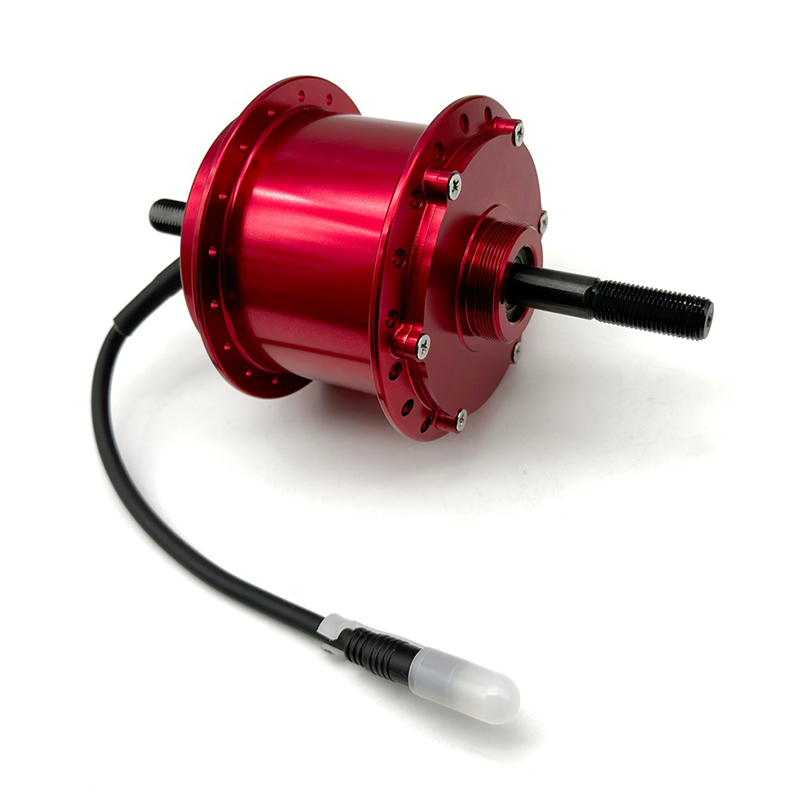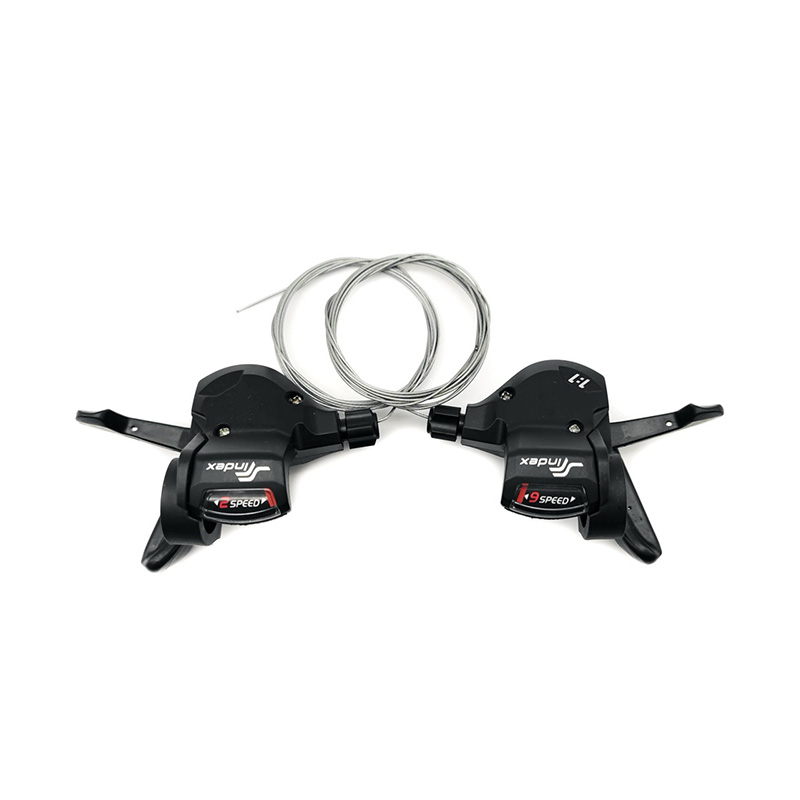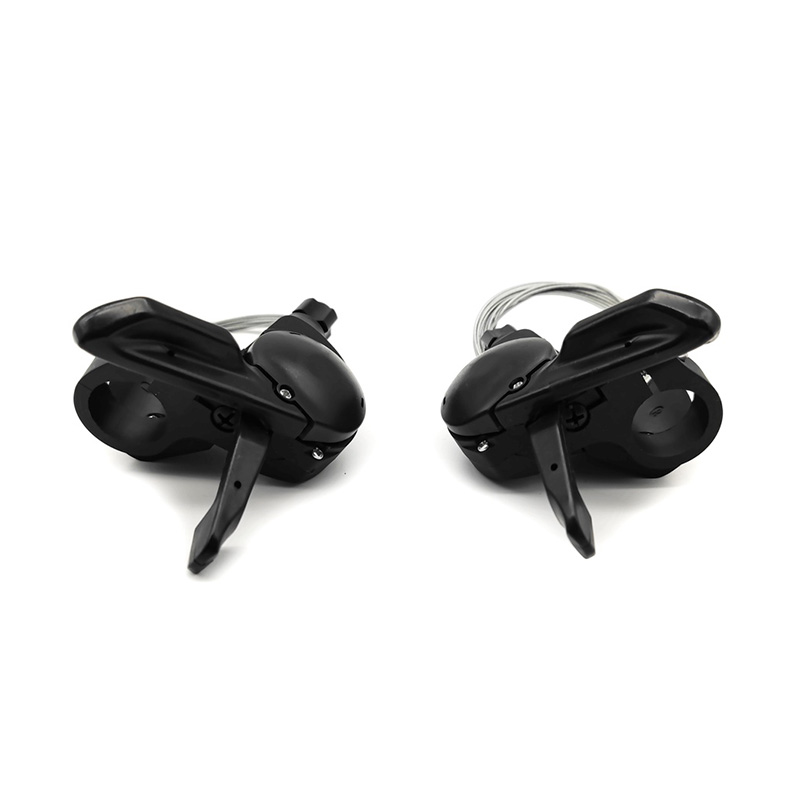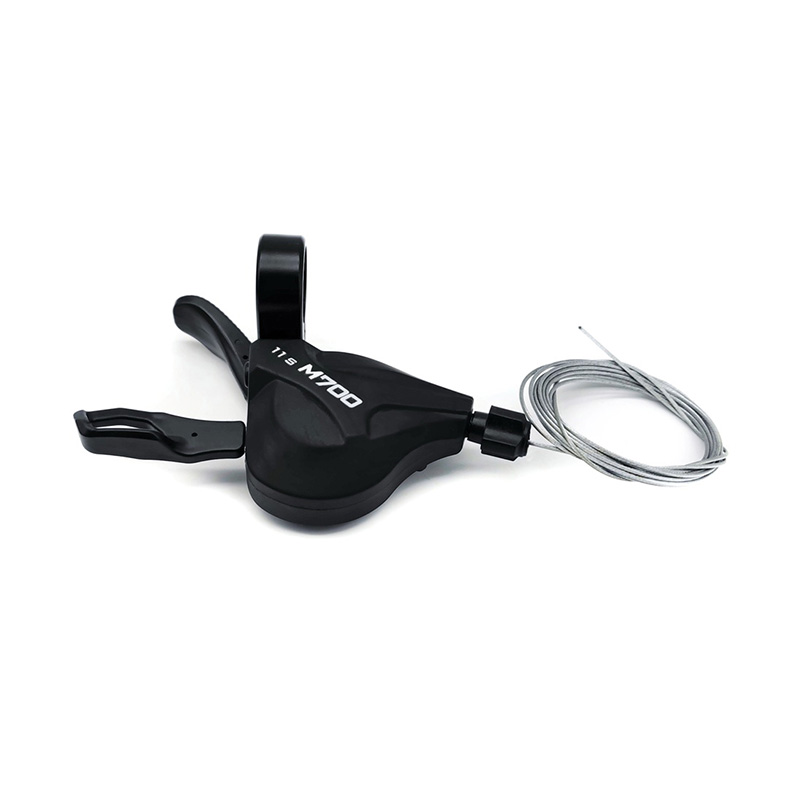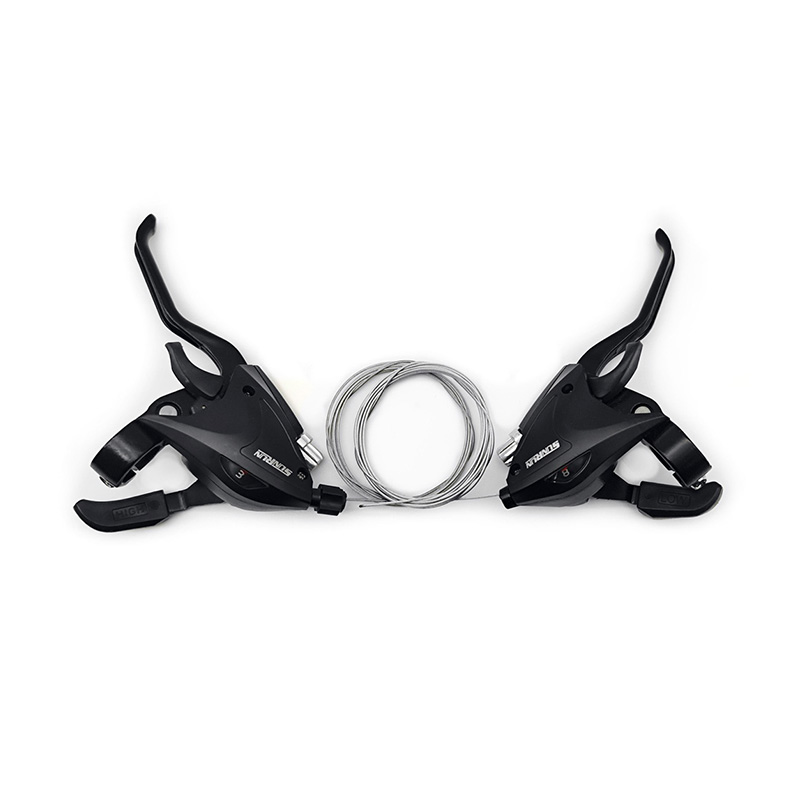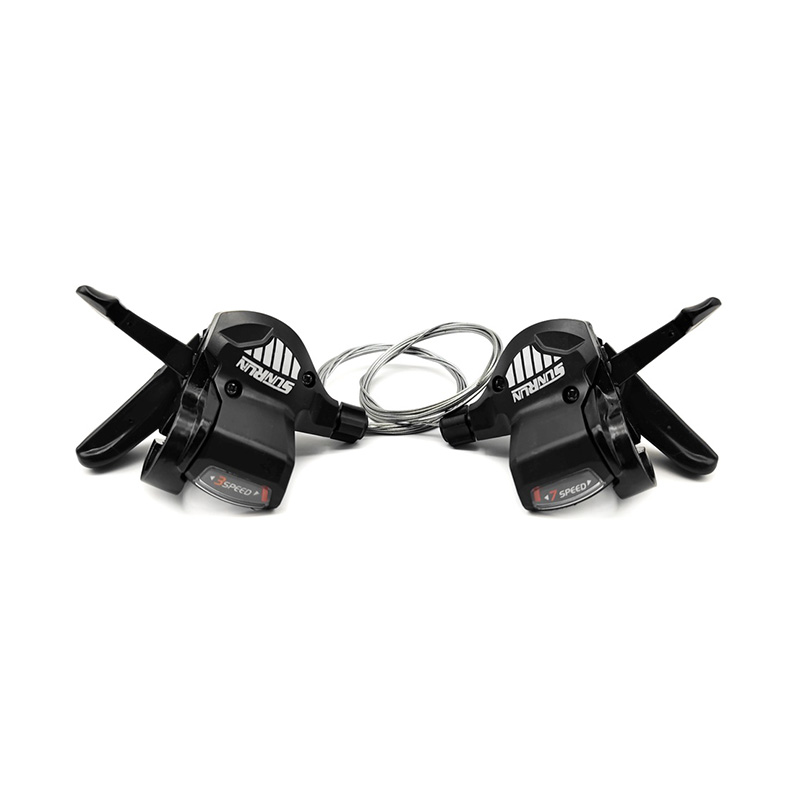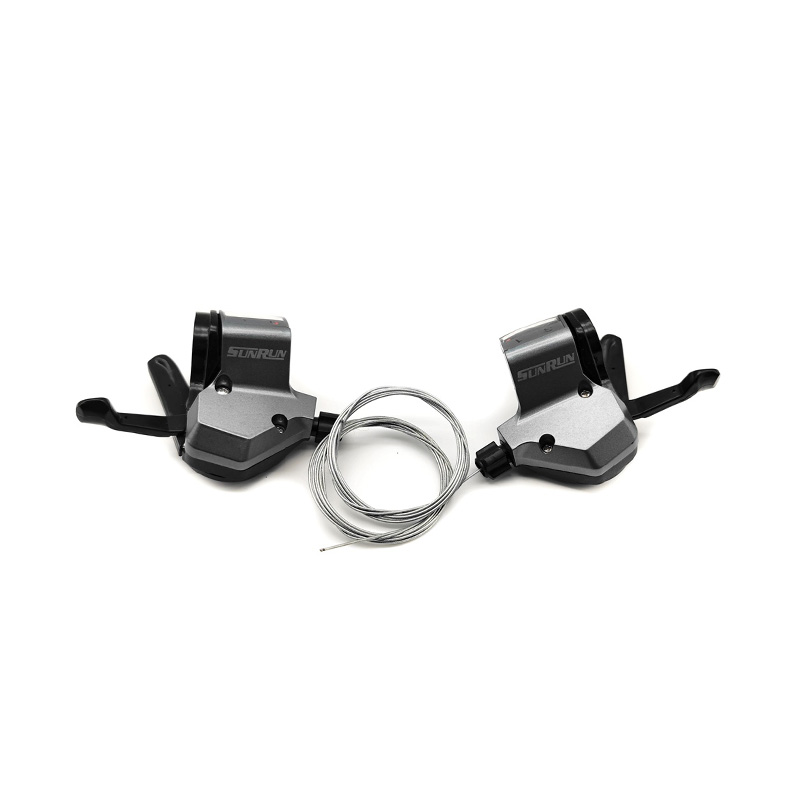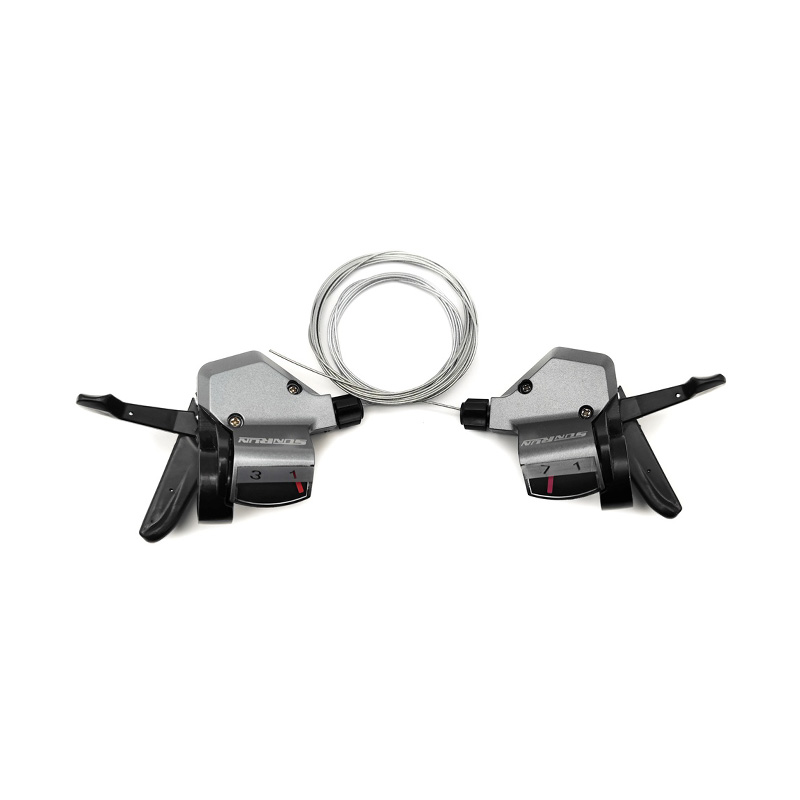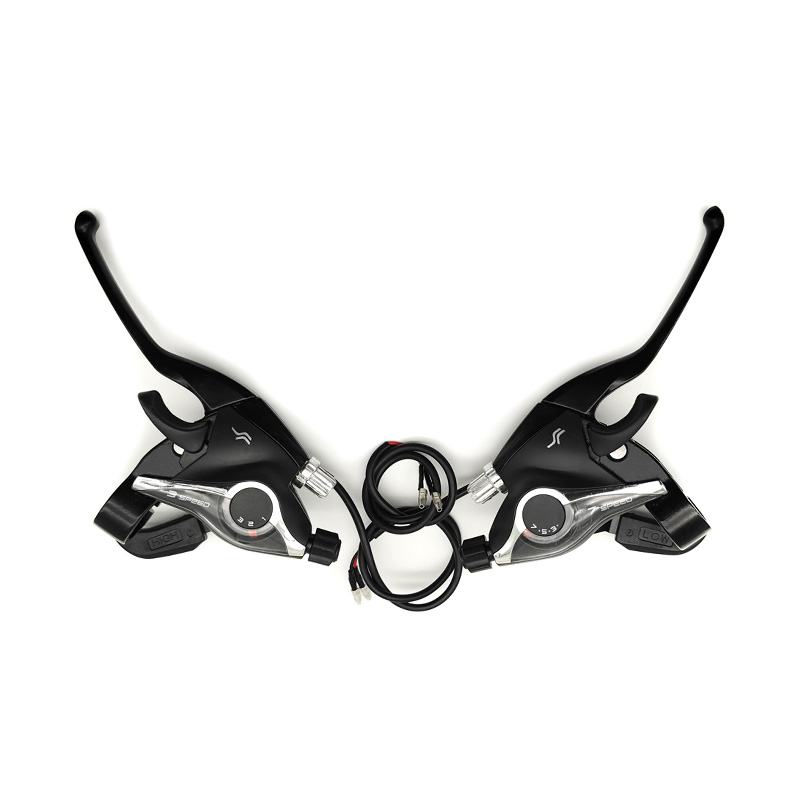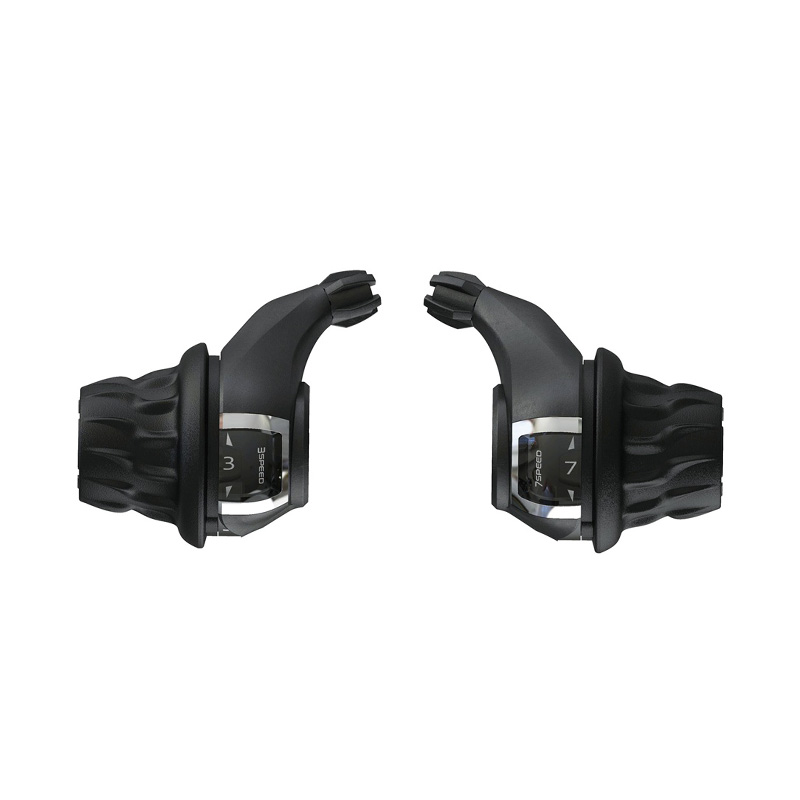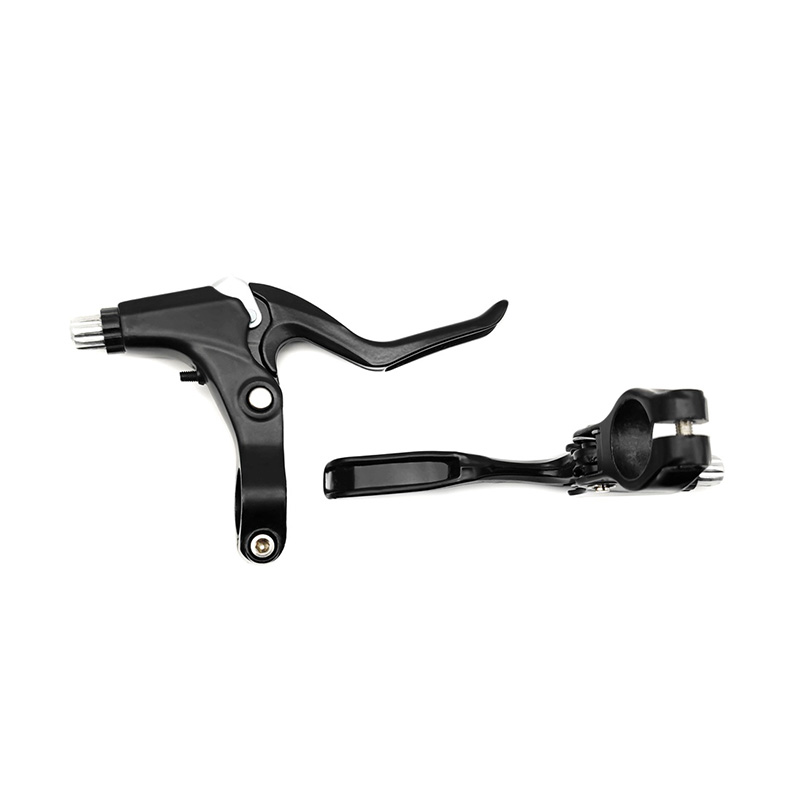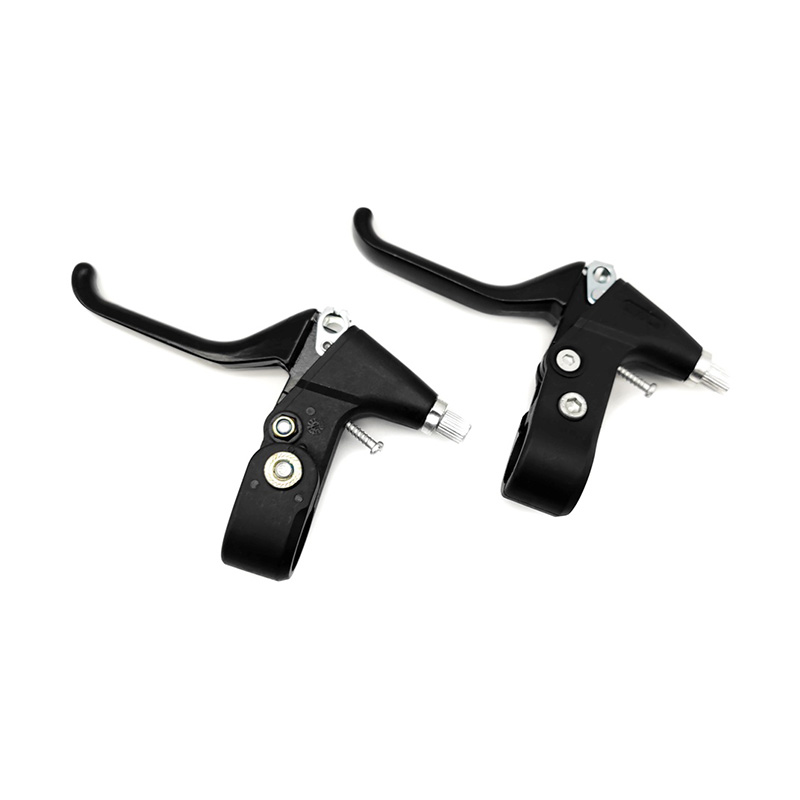The rear derailleur is one of the core components of the mountain bike drivetrain. Whether it is a hardtail mountain bike or a gravel bike, the rear derailleur plays a key role in shifting. It can help riders flexibly adjust speed in complex terrain through different speed combinations according to the rider's needs. Rear Derailleur are usually equipped with larger guide wheels (such as 13T) to improve chain stability, reduce vibration and noise, and ensure a smoother riding process.
In road bikes, Rear Derailleur also play an important role. Whether it is a flat-bar road bike or a sports road bike, the rear derailleur works with the speed system to provide a precise speed shifting experience. The design of the rear derailleur usually focuses on lightness and efficiency to meet the needs of high-speed riding. In addition, some high-end Rear Derailleur also have the characteristics of fast shifting and silent drive, which further improves the comfort and efficiency of riding.
Rear Derailleur are also suitable for folding bikes, especially those that need to be frequently disassembled and assembled. Rear Derailleur are usually made of CNC aluminum alloy, which has high strength and durability to withstand frequent use and transportation. For folding bikes, the installation location and structural design of the rear derailleur are also relatively compact to adapt to space constraints. Common speed ranges include 1-6 speeds or 21-24 speeds, which are suitable for different types of folding bikes and riding needs.
Rear Derailleur are also indispensable in touring bikes. Touring bikes usually need to cope with a variety of road conditions, so the design of the rear derailleur needs to take into account durability and functionality. For example, some Rear Derailleur are equipped with chain retention measures to prevent the chain from slapping the rear fork during riding, thereby reducing noise and wear. In addition, the guide wheel design of the rear derailleur is also relatively wide to accommodate different sizes of chains and cassettes to ensure smooth speed changes.
Rear Derailleur are also suitable for urban bikes, especially those that need to go up and down hills frequently. The design of the rear derailleur is usually simple, which is easy to maintain and adjust. For urban riders, the durability and stability of the rear derailleur are particularly important to ensure that it can be used for a long time in daily commuting.
In an e-bike, the role of the rear derailleur is slightly different. Since the motor of an e-bike is usually located at the rear wheel, the rear derailleur needs to match the power output of the motor. The design of the rear derailleur needs to take into account the load capacity of the motor to ensure stable power output when riding at high speeds. In addition, some e-bike Rear Derailleur also have intelligent shifting functions that can automatically adjust the speed level according to riding speed and slope.
Hybrid bicycles combine the characteristics of electric and human drive, and the role of the rear derailleur is to connect the human and electric drive systems. The design of the rear derailleur needs to take into account the compatibility of both drive modes to ensure smooth operation when switching modes. In addition, the guide wheel and shifting performance of the rear derailleur also need to be optimized to adapt to riding needs of different speeds and loads.
Rear Derailleur are also suitable for some special-purpose bicycles, such as children's bicycles, exercise bikes, and off-road vehicles. In these models, the design of the rear derailleur usually pays more attention to safety and ease of use. For example, the rear derailleur of a children's bicycle usually adopts a simple shifting system that is easy for parents to control and adjust. The rear derailleur of an exercise bike may use a fixed-speed design to ensure stability during riding.

 中文简体
中文简体 English
English
